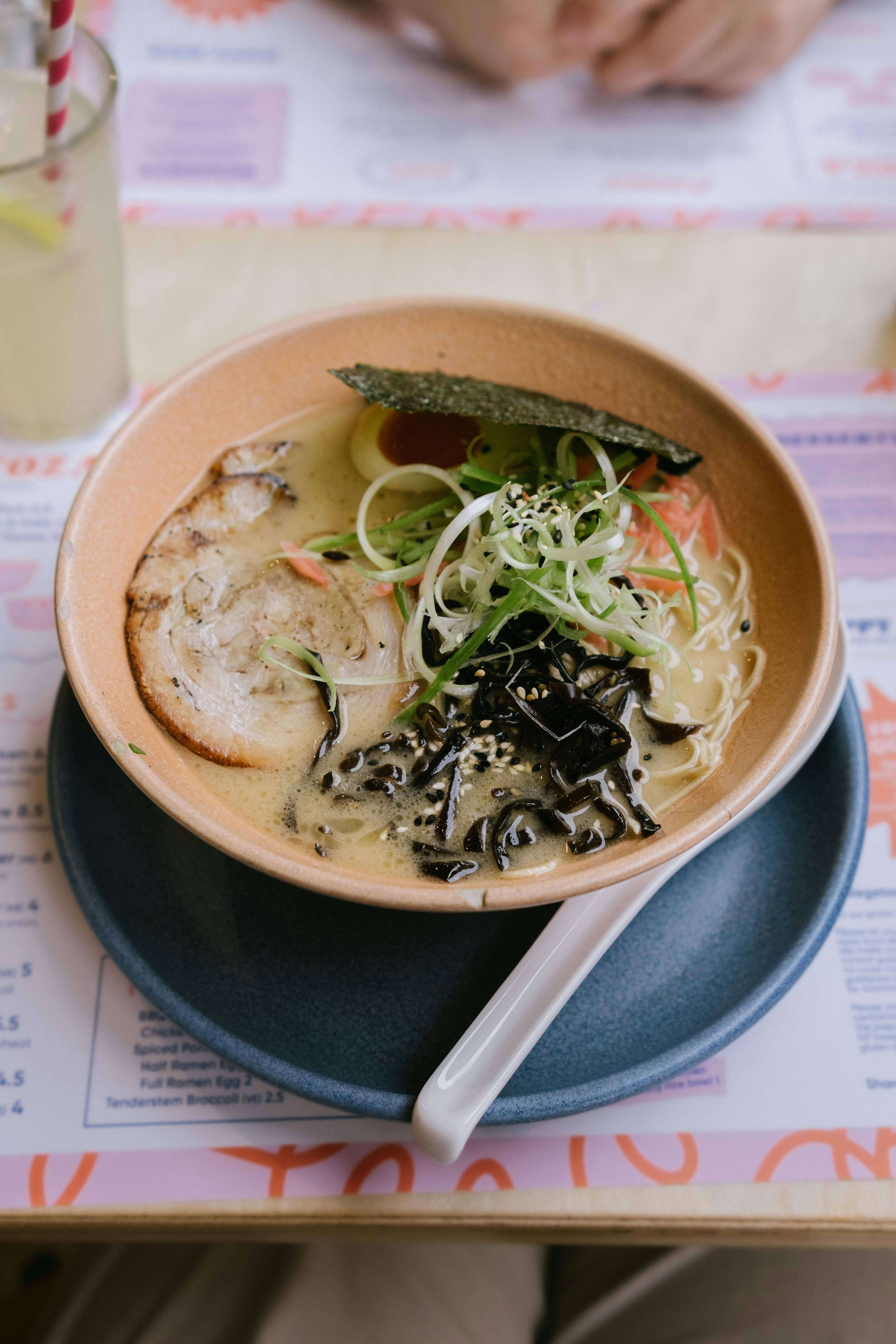Decoding the Mysteries of Umami: The Fifth Taste
Umami, the mysterious fifth taste, has been captivating the culinary world for decades. This article delves into the unique world of umami, exploring its origin, its impact on our palate, and how it is being infused in modern cuisine. A Japanese chemist named Kikunae Ikeda first discovered Umami at the beginning of the 20th century. Ikeda was intrigued by the savory, meaty flavor in dashi, a traditional Japanese broth made from kelp and dried bonito flakes. This led him to isolate monosodium glutamate (MSG), the primary source of umami taste. Ikeda's discovery opened up a whole new realm in the food world, introducing a fifth taste beyond sweet, sour, salty, and bitter.

The Science Behind Umami
Umami is often described as savory, meaty, or brothy, but it’s more than that. It’s a deep, satisfying richness that lingers on your palate, making food more enjoyable. It is caused by glutamates, a type of amino acid that our tongues have receptors for, along with inosinates and guanylates. Together, these compounds create that unique, crave-worthy umami flavor.
Umami in Global Cuisine
Umami isn’t just limited to Japanese cuisine. It’s found in many foods globally, from ripe tomatoes in Italy, fermented fish sauce in Thailand, to aged cheeses in France. Chefs around the world are leveraging umami to elevate their dishes, creating complex flavor profiles that keep diners coming back for more.
The Umami Boom in Modern Cuisine
In recent years, there has been a surge in interest in umami. Chefs are experimenting with umami-rich ingredients like truffles, seaweed, and mushrooms to enhance their dishes. There’s also a growing trend of using umami to create vegetarian and vegan dishes that are as satisfying as their meaty counterparts.
The Future of Umami
As our understanding of umami deepens, it’s likely to play an increasingly significant role in our food. There’s potential to use umami to create healthier but still delicious meals, as it can make low-fat or low-salt dishes taste more satisfying. It’s an exciting time in the culinary world as we continue to explore and harness the power of umami.
Fascinating Umami Facts & Tips:
- Umami is often referred to as the fifth taste, after sweet, sour, salty, and bitter.
- Foods rich in umami include mushrooms, tomatoes, soy sauce, parmesan cheese, and meat.
- Umami can enhance the flavor of dishes, making them more satisfying.
- The term “umami” is derived from the Japanese word “umai,” which means “delicious.”
In conclusion, umami is more than just a mysterious fifth taste. It’s a fascinating culinary concept that can transform a dish from ordinary to extraordinary. As we continue to explore this unique flavor, we can look forward to more innovative, umami-infused dishes that tantalize our taste buds and satisfy our cravings. It’s time to embrace umami and embark on a flavorful culinary journey like no other.




